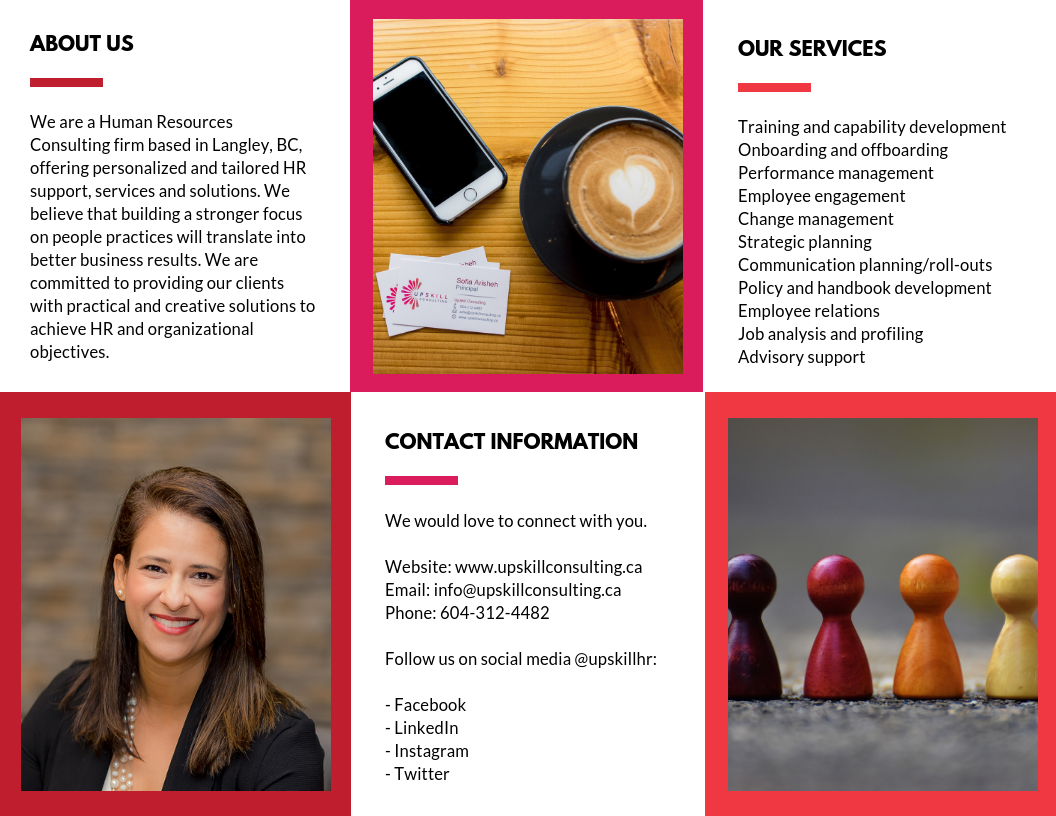“Goal-setting is powerful because it provides focus. It shapes our dreams. It gives us the ability to hone in on the exact actions we need to perform to achieve everything we desire in life.”
Jim Rohn
In my experience in various industries and companies, while goal-setting was believed to be an important contributor of overall performance and achievement, it was also a function that was rarely executed successfully and sometimes if at all.
Why is goal-setting so important?
- Provides clarity around job expectations and performance measures
- Creates self-awareness around current skills, strengths and areas requiring improvement
- Helps determine future desired skills and a roadmap to get there
- Gives people an opportunity to better define their vision of success
- Encourages people to think outside of the box, beyond simply “meeting expectations”
- Provides a deeper meaning of their role and its connection to the bigger picture of the organization
How do you do it effectively?
As Daniel H. Pink discussed in his book, “Drive: The Surprising Truth About What Motivates Us”, he states that there are three things that motivate people, including:
Copyright © 2018 – Upskill Consulting. All rights reserved.
When it comes to goal-setting, while a leader plays a pivotal role in ensuring that goals are set, worked towards, committed to, measured often and reviewed frequently, the team member must take ownership of the goals set. “Goals that people set for themselves and that are devoted to attaining mastery are usually healthy. But goals imposed by others – sales targets, quarterly returns, standardized test scores, and so on – can sometimes have dangerous side effects.” Daniel H. Pink.
When leading a team, I’ve emphasized the importance of goal-setting on an organizational, team and individual level. What I’ve found is giving team members the autonomy to set their own goals gives them ownership of the goals and increases their motivation and commitment to achieving them. It can be easy for us to dictate what ought to be achieved and measured, but providing that autonomy for them to self-reflect on their role and correlation to organizational goals and ultimately capture “SMART” goals to strive towards is so much more meaningful, empowering and effective.
What are some tips for leaders and team members?
Leaders:
✔ Familiarize yourself with organizational and team goals and objectives
✔ Provide team member with the autonomy to set their own goals and come to the meeting(s) prepared to discuss
✔ Schedule face-to-face meeting(s), if feasible, to allow for a meaningful discussion around goal-setting
✔ Conduct the meeting privately, with little to no interruptions
✔ Review the individual goals drafted by the team member and compare to the previous year to ensure newly set goals have been captured
✔ Reflect on organizational and team objectives/values/goals and ensure alignment with individual goals set
✔ Leverage job descriptions and competencies to confirm and better determine current skills and desired future skills
✔ Schedule regular career and performance conversations with your team member to check-in on progress of goals throughout the year (not just at the annual review)
Team Members:
✔ Familiarize yourself with organizational and team goals and objectives
✔ Review your goals from the previous year and/or feedback received
✔ Reflect on the upcoming year and determine what skills you need to successfully complete objectives
✔ Leverage job descriptions and competencies to confirm and better determine your current skills and desired future skills
✔ Identify strengths and areas requiring improvement to advance in your skills and/or job in the upcoming year
✔ Define your career aspirations and identify your future desired role and development opportunities to get there
✔ Formalize both shorter-term goals and longer-term goals
✔ Ensure goals are specific, learning is measurable, learning plan is achievable, learning opportunities are relevant to aspirations, and that there is a timeframe for completion included
✔ Schedule regular career and performance conversations with your leader to check-in on progress of goals throughout the year (not just at the annual review)
What are some goal-setting templates I can use?
Here are a few examples of goal-setting layout templates you could adopt into your organization:






Goal-setting benefits not only your team members but also the organization as a whole. It helps to develop, assess, identify, engage and retain talent. Invest in creating a robust goal-setting process and reap the rewards!

Contact us:
Email: [email protected]
Phone: 604-312-4482
Website: https://upskillconsulting.ca/contact/
- Trust First, Feedback Second: Why Connection Comes Before Correction - June 1, 2025
- The Not-So-Fluffy Truth About Connection in Leadership - May 2, 2025
- Small Changes, Big Impact: The Case for Micro Shifts in Leadership - April 7, 2025


